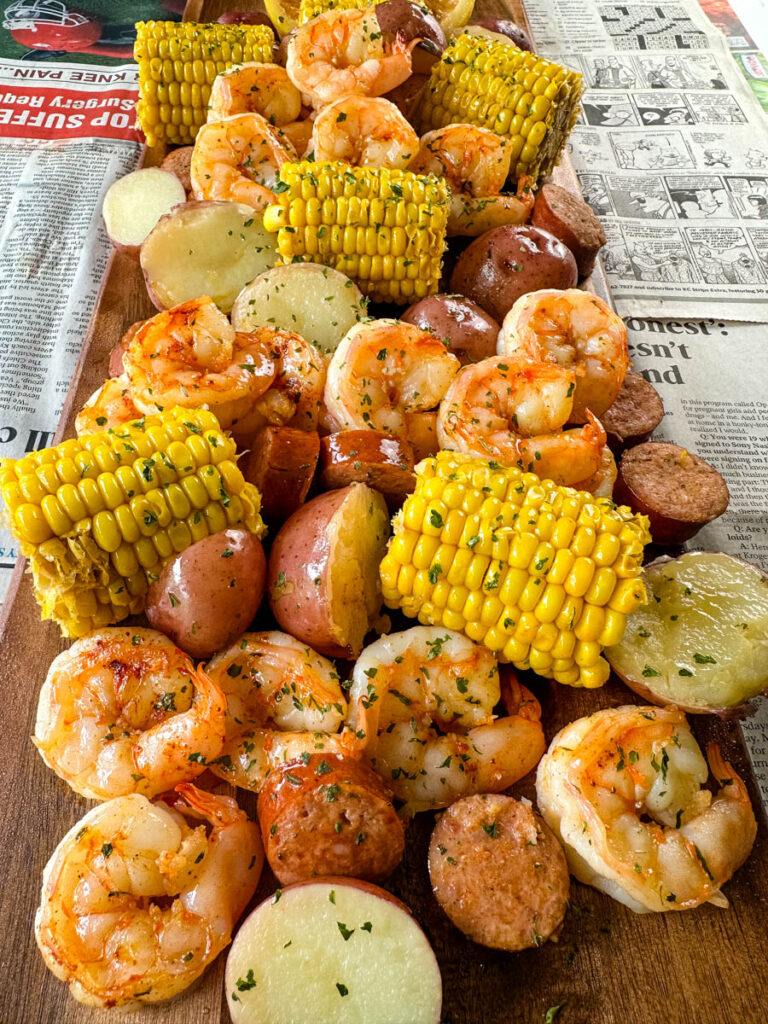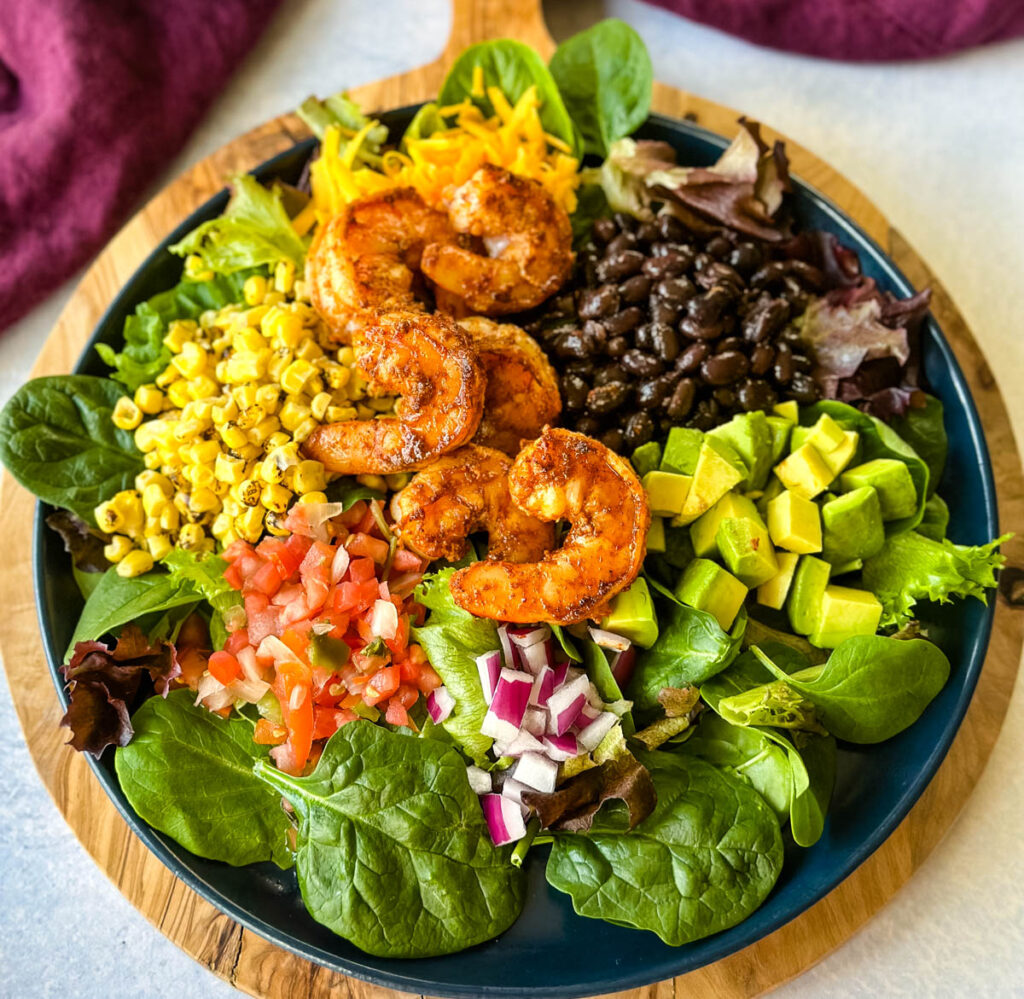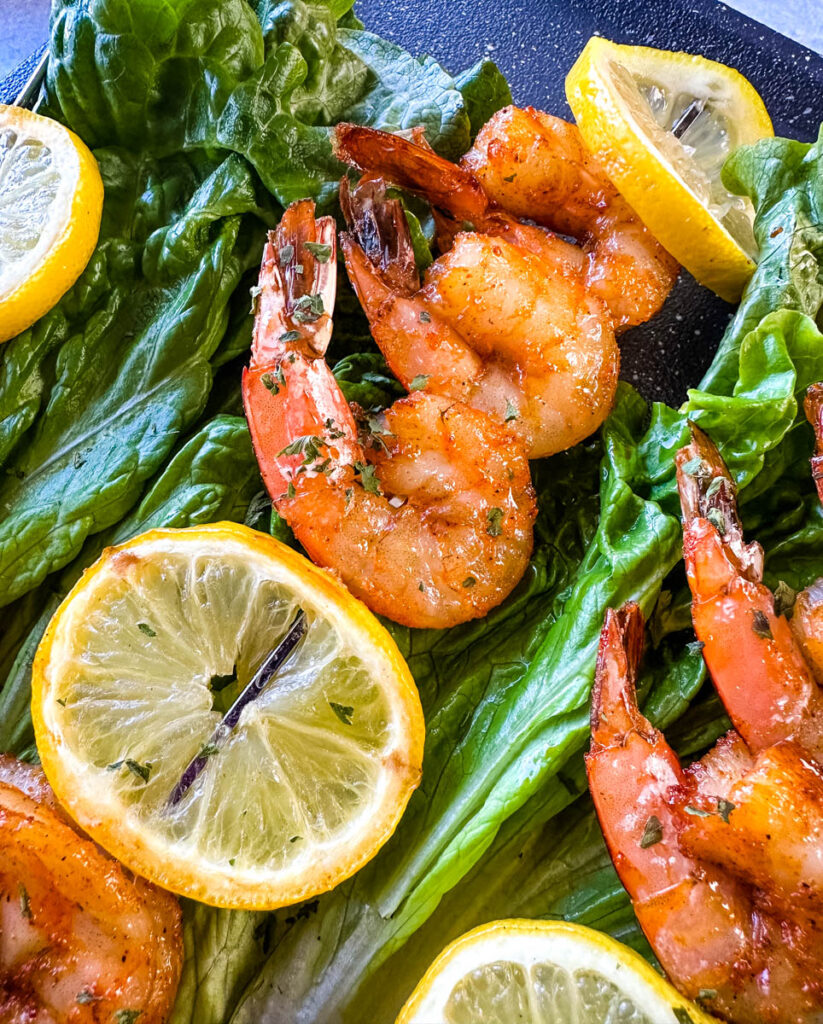Like any perishable food, shrimp can spoil if not handled or stored properly. Eating spoiled shrimp can lead to foodborne illnesses and unpleasant experiences. To ensure you enjoy tasty and fresh shrimp that are safe to eat, you should know how to recognize signs of spoilage.

We will guide you through the key indicators that can help you determine if your shrimp has gone bad and what bad shrimp looks like.
What Type of Shrimp to Use
Look for shrimp that are fresh, with a firm texture and no off odors. Avoid shrimp that are slimy or have a strong ammonia smell. Choose shrimp that are sustainably sourced to ensure that the seafood industry is not harming the environment or contributing to overfishing.
In terms of preparation, decide whether you want to buy shrimp that are already deveined, shells on, shells, off, etc. Deveining is the process of removing the digestive tract or “vein” that runs along the back. When you purchase deveined shrimp the black or brownish-colored digestive tract is already removed.
To do it yourself, make a shallow cut along the back of the shrimp with a sharp knife and then use the tip of the knife to carefully lift and remove the vein.
You should also consider where the shrimp are from. Different regions may have different species and quality standards. For taste, wild-caught shrimp are generally considered to be the best option as they have a more flavorful and firmer texture compared to farm-raised shrimp.
Farm-raised shrimp are raised in captivity on a shrimp farm. These farms can be located in ponds or in tanks on land. The shrimp are typically fed a diet of fishmeal, soy, and other ingredients, and are sometimes given antibiotics or other chemicals to prevent disease. Those chemicals are then passed into the food you eat.

How to Tell if Shrimp is Bad
- Foul Odor: One of the most apparent signs of spoiled shrimp is a foul or ammonia-like odor. Fresh shrimp should have a mild, slightly briny smell. However, if the shrimp emits a strong, pungent odor that is unpleasant or smells like bleach or ammonia, it is likely spoiled. I actually first learned this with lobster! Imagine my disappointment. Trust your sense of smell and discard shrimp that smells foul.
- Discoloration: Fresh shrimp should have a translucent appearance and be either light gray or slightly pink in color. The color will vary based on the type. When shrimp spoils, it turns gray, yellow, or has black spots.
- Sliminess: If the shrimp feels excessively slimy or has a slippery coating, it is best to discard it. The sliminess often comes with an unpleasant texture, and it suggests bacterial growth or spoilage.
- Cracked Shells: Inspect the shells of the shrimp. Cracks, breaks, or holes in the shells can be a sign the shrimp has spoiled. If the shells look shriveled, it is a sign that the shrimp is no longer fresh. Fresh shrimp should have intact, firm shells that hold the meat tightly.
- Weird Texture: Spoiled shrimp may exhibit a mushy or soft texture. Fresh shrimp should have a firm, springy texture when touched. If the shrimp feels excessively soft, squishy, or mushy, the flesh has deteriorated.
- Expiration Date: Pay attention to the expiration or “best by” date on the shrimp packaging. If the shrimp is past its indicated date, it increases the likelihood of spoilage. While the date is not always an absolute indicator, it serves as a helpful guideline.

When in doubt, it is always better to err on the side of caution and discard any shrimp that shows signs of spoilage.
Shrimp Recipes
Cajun Shrimp Boil
Blackened Shrimp
Cajun Shrimp Salad
Creamy Shrimp Risotto
Cajun Shrimp and Sausage Pasta
Spicy Shrimp Tacos
Shrimp Burgers

wUmrLVWz
Monday 3rd of November 2025
1*DBMS_PIPE.RECEIVE_MESSAGE(CHR(99)||CHR(99)||CHR(99),15)
wUmrLVWz
Monday 3rd of November 2025
1MbcvShZ7' OR 98=(SELECT 98 FROM PG_SLEEP(15))--
wUmrLVWz
Monday 3rd of November 2025
1-1) OR 592=(SELECT 592 FROM PG_SLEEP(15))--
wUmrLVWz
Monday 3rd of November 2025
17b1F4jUe'; waitfor delay '0:0:15' --
wUmrLVWz
Monday 3rd of November 2025
1-1); waitfor delay '0:0:15' --